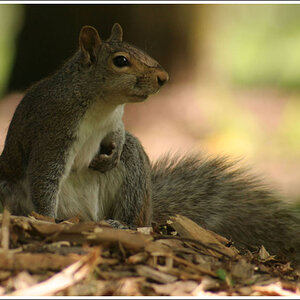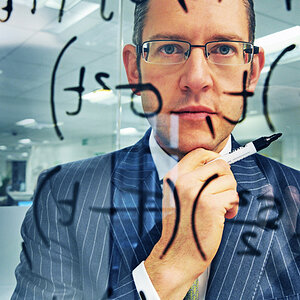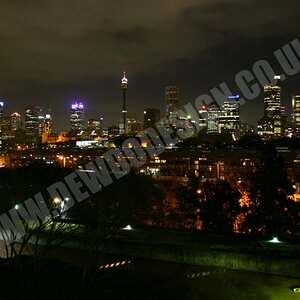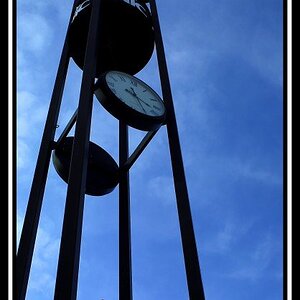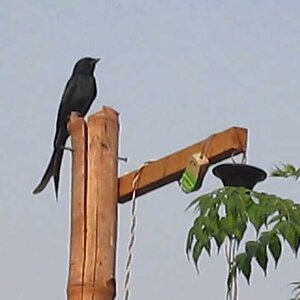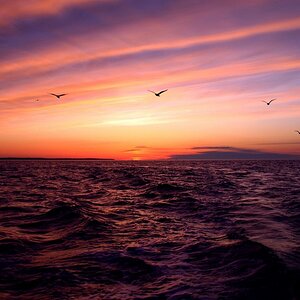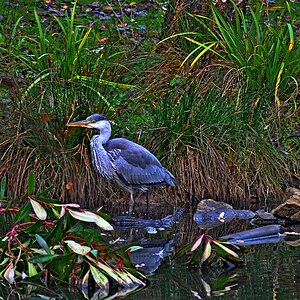ElizaMM
TPF Noob!
- Joined
- Aug 22, 2015
- Messages
- 106
- Reaction score
- 5
- Can others edit my Photos
- Photos OK to edit
I have a Canon 430EXII, GN 43/141, ISO 100 and an Andooer560 IV, GN 50, ISO 100. Is there a way to figure out the necessary power on the Andooer for fill flash, without trial & error? For example, say I want to set the Andooer (fill) to 1/16 of the current power of the Canon (main). Hit & miss (my main MO) works, but is time consuming. With both at 1/1 and 1/1, the Andooer seems a fair bit brighter.



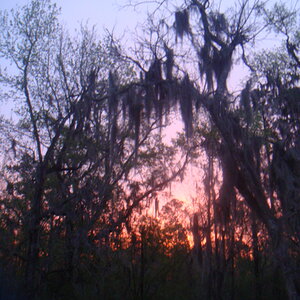
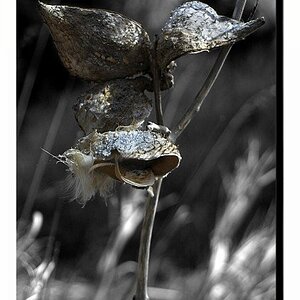
![[No title]](/data/xfmg/thumbnail/30/30994-49c5521f7b5b417f49dcd43891cbec27.jpg?1619734557)
